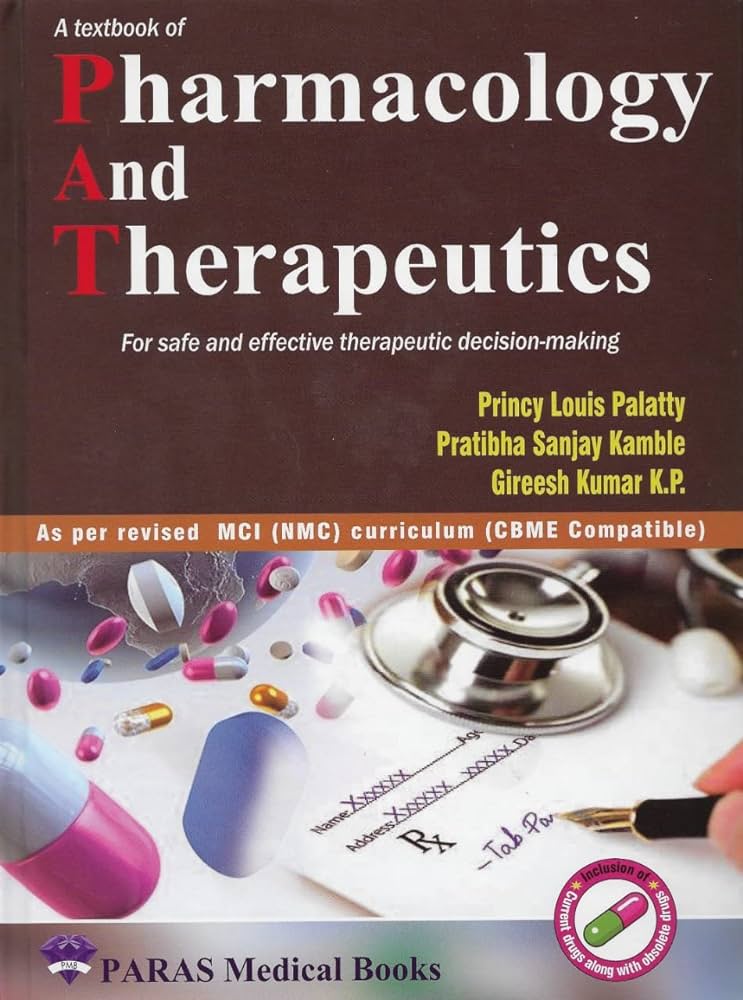在过去的20年中,对A类G蛋白偶联受体的偏配体的治疗探索
IF 12.5
1区 医学
Q1 PHARMACOLOGY & PHARMACY
引用次数: 0
摘要
近几十年来,G蛋白偶联受体(gpcr)的偏配体的发展取得了重大进展,作为潜在的治疗药物,具有增强的疗效和减少靶侧副作用。这在很大程度上归因于偏配体激活途径选择性信号传导的独特能力,这可以有效地调节体内药理学。本文综述了过去20年来针对a类gpcr的偏配体的综合分析,包括发现策略,分析,生物学效应和治疗应用。该分析涵盖了作用于60种不同gpcr的约383种偏置配体,其中阿片受体、5-羟色胺受体、多巴胺受体、肾上腺素能受体和大麻素受体是报道偏置配体数量最多的五个亚家族。这些偏配体的生物学效应主要在疼痛、心血管、神经、呼吸、代谢和炎症疾病领域进行研究。阿片类药物偏倚激动剂TRV130被批准用于疼痛治疗,以及越来越多的偏倚药物在临床试验中进行测试,预示着GPCR药物开发的新时代。此外,各种天然产物偏置配体已被确定。更深入地了解偏配体的生物学功能和药理作用将支持未来GPCR药物开发的进展。本文章由计算机程序翻译,如有差异,请以英文原文为准。
Therapeutic exploration of biased ligands at class A G protein-coupled receptors over the past 20 years
Recent decades have witnessed significant advances in the development of biased ligands for G protein-coupled receptors (GPCRs) as potential therapeutic agents with enhanced efficacy and reduced on-target side effects. This is largely attributed to the unique capability of biased ligands to activate pathway-selective signaling, which can effectively modulate in vivo pharmacology. This review presents a comprehensive analysis of biased ligands targeting class A GPCRs over the past 20 years, encompassing discovery strategies, assays, biological effects and therapeutic applications. The analysis covers approximately 383 biased ligands acting on 60 different GPCRs, among which opioid, 5-hydroxytryptamine, dopamine, adrenergic and cannabinoid receptors are the five subfamilies with the highest number of reported biased ligands. The biological effects of these biased ligands are primarily investigated in the area of pain, cardiovascular, neurological, respiratory, metabolic and inflammatory diseases. The regulatory approval of the opioid biased agonist TRV130 for pain management, along with the growing number of biased drugs tested in clinical trials, heralds a new era in GPCR drug development. Additionally, various natural product biased ligands have been identified. A deeper understanding of the biological functions and pharmacological effects of biased ligands will support future advancements in GPCR drug development.
求助全文
通过发布文献求助,成功后即可免费获取论文全文。
去求助
来源期刊
CiteScore
23.00
自引率
0.70%
发文量
222
审稿时长
90 days
期刊介绍:
Pharmacology & Therapeutics, in its 20th year, delivers lucid, critical, and authoritative reviews on current pharmacological topics.Articles, commissioned by the editor, follow specific author instructions.This journal maintains its scientific excellence and ranks among the top 10 most cited journals in pharmacology.

 求助内容:
求助内容: 应助结果提醒方式:
应助结果提醒方式:


